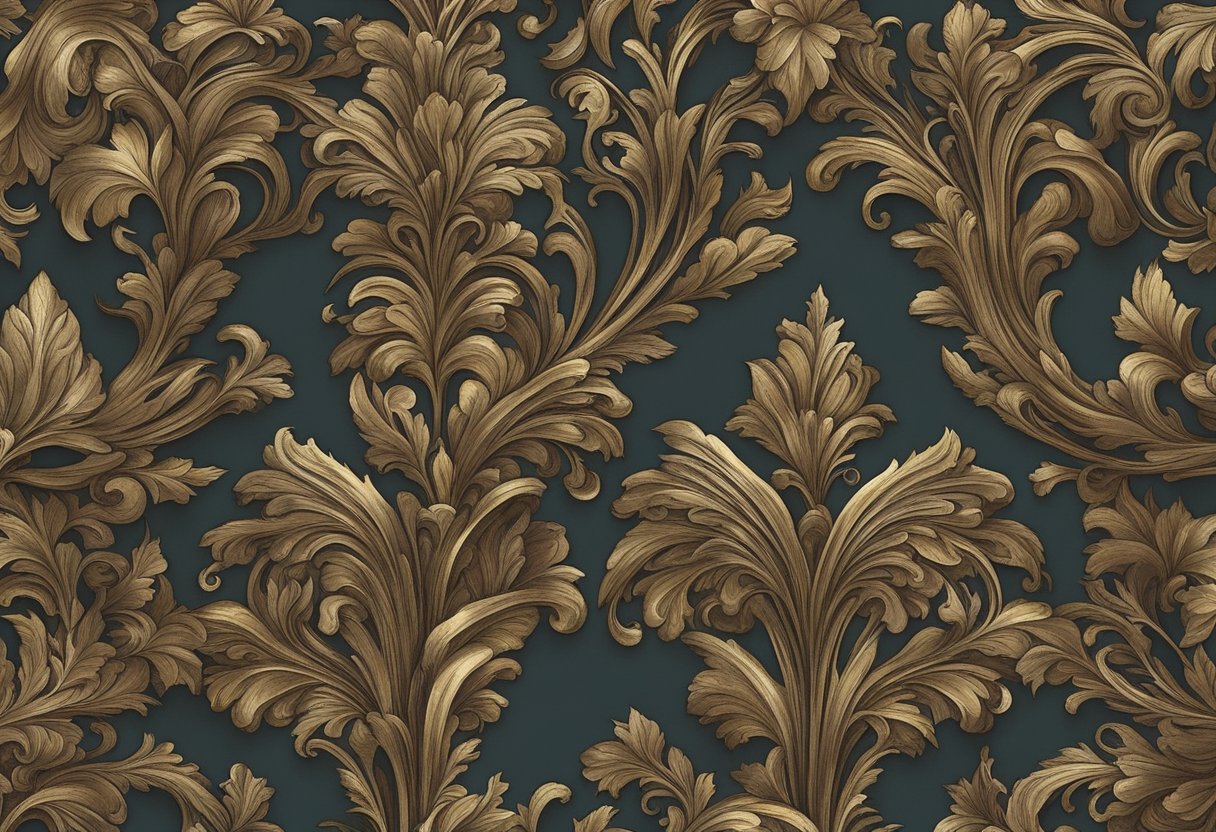Brass, with its enduring presence, brings a warm, golden touch to our living spaces, enhancing everything from classic brass antiques to the contemporary brass accents that embellish our decorations. However, as time passes, the accumulation of dust, dirt, and tarnish can diminish its captivating luster. The key lies in restoring its radiant shine while preserving the deep patina that narrates its history and unique personality. This is where selecting the appropriate cleaning method becomes crucial!
How to Clean Brass Without Removing Patina: Non-Abrasive Cleaning Methods

Excited to see your brass shine again without wearing away its beautiful patina? You’re in luck because you can achieve this with everyday items found in your kitchen! Dive into these safe and effective techniques to clean your brass and maintain its authentic allure.
Using Natural Ingredients
Lemon and Salt: You can effortlessly create a gentle brass cleaner with items from your pantry. All you need is a lemon and salt. Here’s a quick recipe: mix the juice of half a lemon with one teaspoon of salt to form a balanced paste. Apply the paste using a soft cloth, rub gently, rinse with water, then dry thoroughly.
Vinegar and Flour: White vinegar’s mild acidity and flour’s fine grains offer a soft touch for your brass items. Create a paste by mixing equal parts of white vinegar, flour, and salt. Coat the brass, leave for up to an hour, then rinse off with water and dry well. This method is superb for larger items or intricate details where you want to avoid harsh scrubbing.
Concocting Homemade Solutions
Soapy Water: For a quick fix, mild dish soap and warm water make a fantastic homemade brass cleaner. Dampen your soft cloth in the soapy water, wipe the brass surface, and follow up with a rinse and dry. It’s simple yet incredibly effective!
Baking Soda Solutions: Baking soda is renowned for its cleaning power. Combine it with white vinegar to tackle tarnish or blend it with lemon juice for extra shine. Apply your mixture with a soft cloth, rub in a circular motion, then wash off with water and buff dry.
Remember, regular maintenance with these natural and gentle methods can help preserve the patina and extend the life of your brass treasures. Get your brass sparkling today with these easy-to-mix homemade solutions!
Maintaining and Protecting Brass

When it comes to the care of your brass items, protecting their unique patina while ensuring they stay clean and lustrous is essential. Let’s dive into how you can keep your brass pieces looking their best.
Preserving the Patina
To preserve the beautiful patina that your brass has developed over time, regular dusting with a microfiber cloth is paramount. This should be done gently to remove any surface dust without scratching the metal. When more thorough cleaning is needed, opt for a soft, damp cloth rather than harsh chemicals that can strip away the cherished patina. Occasionally, you can use a specialized brass cleaner to restore shine, but ensure it’s suitable for use on tarnished brass.
Applying Protective Coatings
After cleaning, applying a protective coating is crucial to maintain your brass’s appearance and shield it from tarnishes. A lacquer finish is perfect for items that don’t handle frequent contact. For an extra layer of protection, a wipe-down with linseed oil can also prevent dirt buildup and helps keep that brass gleaming. Ensure any products you use, like Brasso, are applied with a soft touch to avoid making the brass surface dull. Remember, maintaining lacquered brass requires minimal intervention to avoid damaging the protective layer.
Frequently Asked Questions

In this section, you’ll discover ways to maintain the beauty and antique value of your brass items while effectively cleaning them.
What’s the secret to keeping the charm of patina while cleaning brass items?
The key is to use gentle, non-abrasive methods. Mixing baking soda and lemon juice can create an effective paste that cleans without affecting the patina.
Can I refresh my tarnished brass without stripping away its historic value or is there a risk of devaluing?
Yes, you can refresh brass while preserving its historical value. Utilize a soft cloth, mild dish soap, and warm water to clean your antique brass without risking its patina or value.
What is the best method to gently clean brass that’s heavily tarnished and turned black?
For heavily tarnished brass, a paste of flour, salt, and vinegar can be effective. Apply it gently and rinse off thoroughly to prevent further tarnishing.
Is there a way to shine my brass pieces using household items like toothpaste for a quick fix?
Definitely! Apply a small amount of toothpaste onto the brass, rub gently with a soft cloth, and rinse. This can provide a quick and easy shine.
How do I tackle that pesky green oxidation on my brass treasures?
To remove green oxidation, create a mild paste using baking soda and white vinegar. Apply it to the affected areas, scrub gently with a soft brush, then rinse.
I’ve got some heavily corroded brass; how should I approach cleaning it?
For severe corrosion, more attention is needed. Review detailed steps on how to clean brass that’s heavily corroded to ensure safe and appropriate cleaning.


